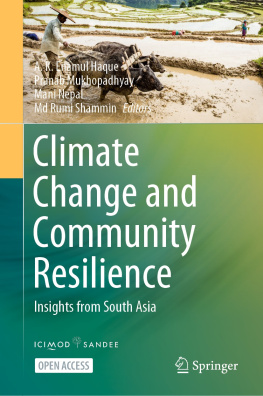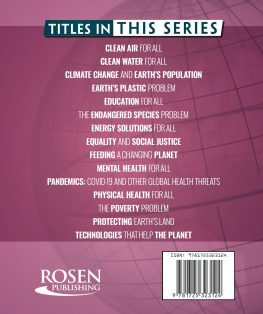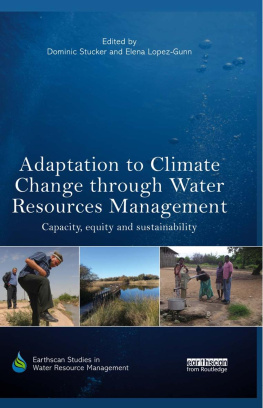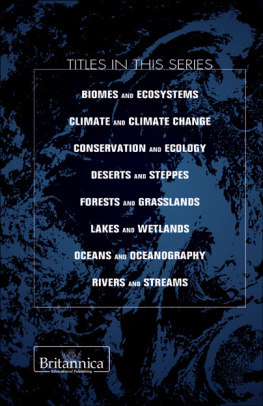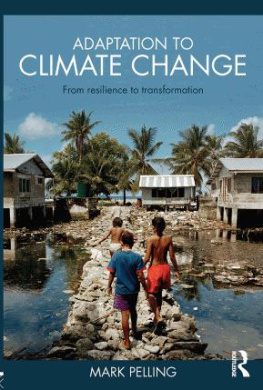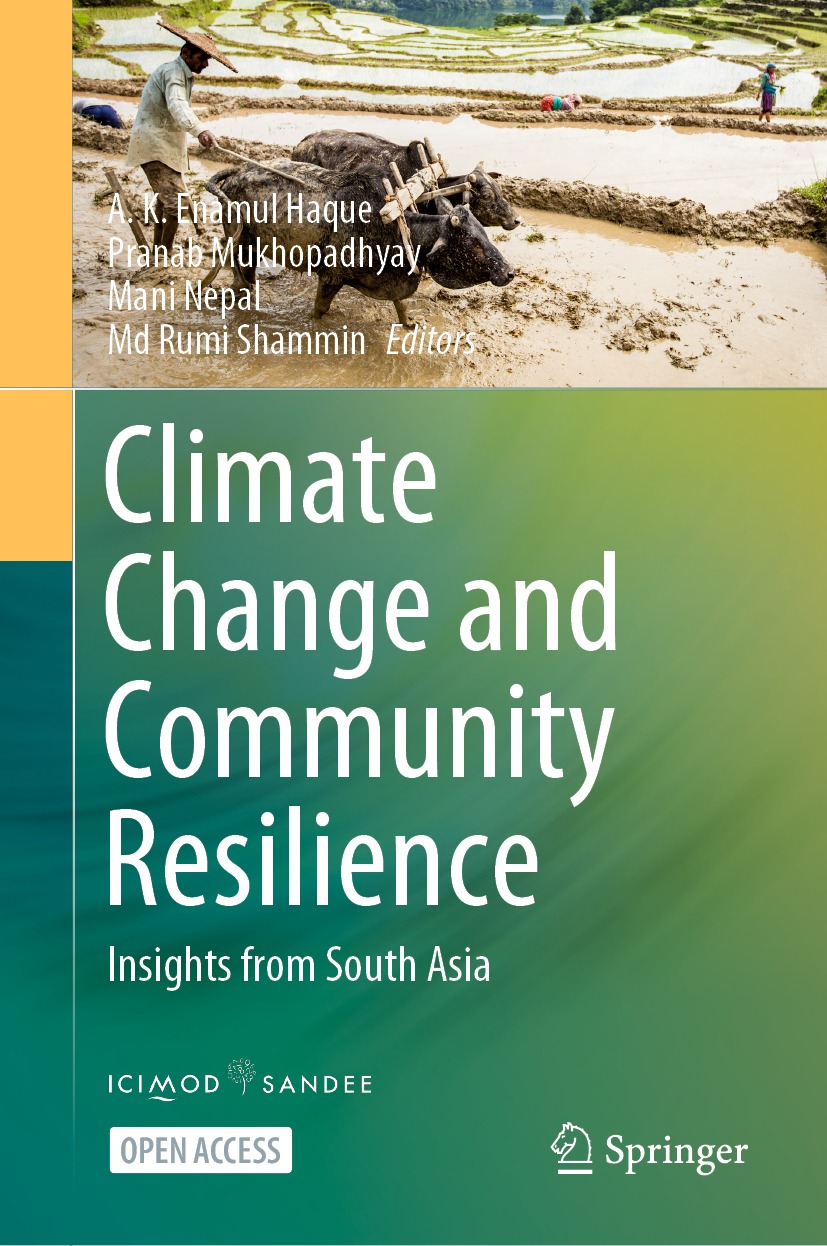A.K. Enamul Haque - Climate Change and Community Resilience: Insights from South Asia
Here you can read online A.K. Enamul Haque - Climate Change and Community Resilience: Insights from South Asia full text of the book (entire story) in english for free. Download pdf and epub, get meaning, cover and reviews about this ebook. year: 2021, publisher: Springer, genre: Politics. Description of the work, (preface) as well as reviews are available. Best literature library LitArk.com created for fans of good reading and offers a wide selection of genres:
Romance novel
Science fiction
Adventure
Detective
Science
History
Home and family
Prose
Art
Politics
Computer
Non-fiction
Religion
Business
Children
Humor
Choose a favorite category and find really read worthwhile books. Enjoy immersion in the world of imagination, feel the emotions of the characters or learn something new for yourself, make an fascinating discovery.
- Book:Climate Change and Community Resilience: Insights from South Asia
- Author:
- Publisher:Springer
- Genre:
- Year:2021
- Rating:5 / 5
- Favourites:Add to favourites
- Your mark:
Climate Change and Community Resilience: Insights from South Asia: summary, description and annotation
We offer to read an annotation, description, summary or preface (depends on what the author of the book "Climate Change and Community Resilience: Insights from South Asia" wrote himself). If you haven't found the necessary information about the book — write in the comments, we will try to find it.
SANDEE has been a pioneer in the development of research and training in environmental economics and related issues in South Asia and Prof Maler has been throughout SANDEEs history, its mentor, and its strongest supporter. Many young economists in South Asia have significantly benefited from Prof Malers guidance and inputs. The present volume on Climate Change and Community Resilience: Insights from South Asia is a fitting tribute and an excellent reflection of Prof Malers contributions to the SANDEE programme throughout his association.
- Mahesh Banskota, Ph.D.
Professor, Development Studies
School of Arts, Kathmandu University
This comprehensive volume aptly identifies grassroots initiatives as the core of the problem of adaptation to climate change. The analysis of the different experiments is lucid, inclusive, and full of interesting detail. The methodologies used and the subjects covered span a range of frameworks and narratives. Put together, the studies are a fitting tribute to Karl-Goran Maler, who spent years putting his impeccable expertise to use for the cause of enhancing research in South Asia.
- Kanchan Chopra, Ph.D.
Former Director and Professor, Institute of Economic Growth, Delhi, and Fellow, SANDEE
The slow international policy response to climate change elevates the importance of understanding how communities can respond to climate changes many threats. This unusually accessible volume provides that understanding for South Asia while being relevant to the rest of the world. Its emphasis on research by scholars from the region makes it a wonderful tribute to Prof. Karl-Gran Mler, who contributed so much to the growth of environmental economics research capacity in South Asia.
- Jeffrey R. Vincent, Ph.D.
Clarence F. Korstian Professor of Forest Economics & Management
Nicholas School of the Environment, Duke University, USA
A.K. Enamul Haque: author's other books
Who wrote Climate Change and Community Resilience: Insights from South Asia? Find out the surname, the name of the author of the book and a list of all author's works by series.

